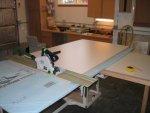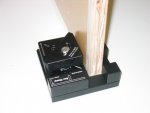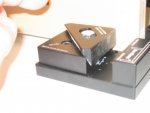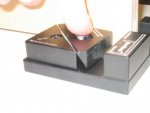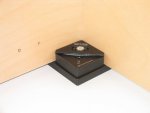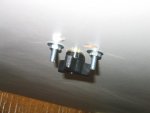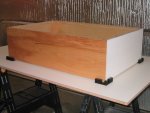Installing Banding.
This posting will be all about installing the banding. Because the frame-less style of boxes do not have a face frame and we are using plywood, I need to apply some type of banding to both the boxes and the shelving (also made from 3/4" ply). I could have used solid wood banding, but chose to use a commercial self adhesive style of banding (both PVC & wood). I used FastCap products
www.fastcap.com because they are in all the local stores and are only located (corporate & local manufacturing facility) a couple blocks up from my office. They are a local Bellingham business that has done well in offering innovative cabinet building supplies and tools. It is really nice to be able to walk over to there to purchase something and actually talk to the president of the company, Paul Akers. I did not know who he was at the time because he was dressed in overalls and had just come off the manufacturing floor. They do build some of the items there.
Anyway here is a picture of the tools that I used to do the banding. Small scale here so no automatic banding machine, just me! That is a shelf board clamped in my expensive bench.
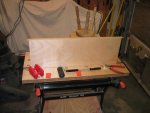
It is very simple, you cut off a strip of the self-adhesive banding (in this case actual birch wood).
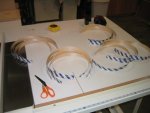
Remove the paper tape and attach the banding to the edge of the board. Roll with a roller to ensure full contact. Trim the ends. Trim the excess on long edges. That is it!
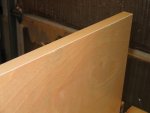
Here is a little detail on one of the tools. The handtool in red is used cut the banding and trim the ends once you have rolled it out. It is actually somewhat similar to a diagonal pliers but there are differences. As you can see from the pictures the nose is longer and straighter (almost going the other way) than a diagonal plier. I got this from FastCap. This tool worked very well and I highly recommend it.
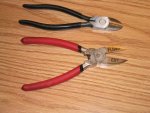
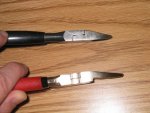
Below is the edging tool. This one is built to trim both edges at the same time. It is also made by FastCap, but I have seen the same style of tool from other vendors. This worked great with the PVC banding, but even when you remove one side (per the instructions) for the wood banding and carefully consider grain directions, I found it difficult to get a clean trim. I used my small bronze block plane to clean up the edges.
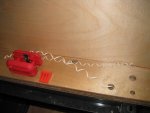
I severely underestimated the amount of banding I would need originally. I needed to go back and order bigger boxes of the stuff.

Below is a picture of the off white pvc banding that I used on the face edges of the boxes. Remember the outside of the boxes (where exposed) will be painted white and also the doors.

This last photo is all the shelving for the W12x27x42 boxes (3 boxes total).
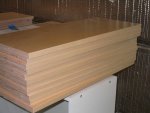
That is all there is to banding.
 ) you might find yourself in a bad way if it can be linked to unpermitted wiring.
) you might find yourself in a bad way if it can be linked to unpermitted wiring.

 )
)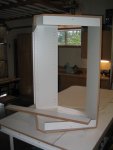
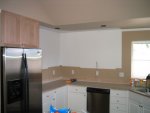
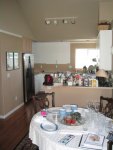
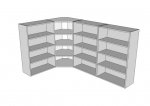
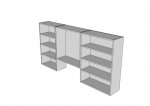
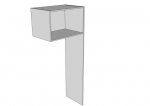
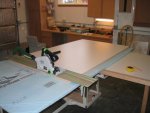
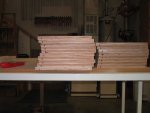

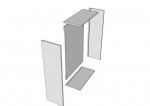

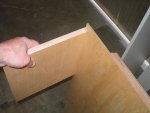
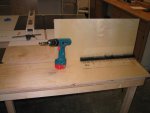

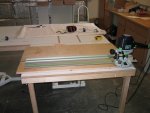
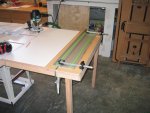
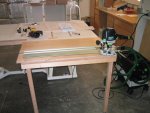

 My tool purchases may be coming to a screeching halt. If so I will be making a trip south for retribution.
My tool purchases may be coming to a screeching halt. If so I will be making a trip south for retribution. 








